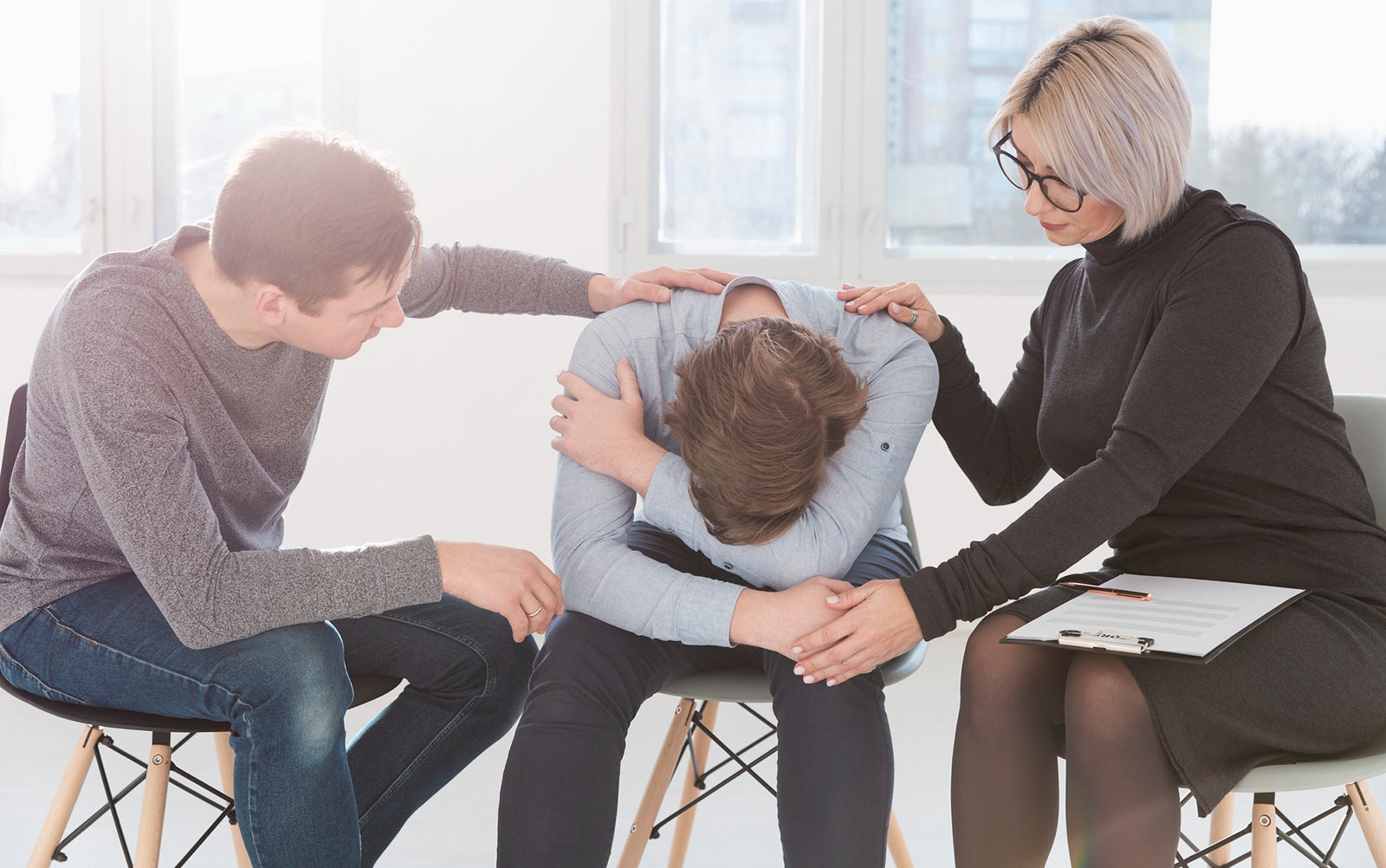Pain is not merely something that occurs in the body but also in the mind. What we think, feel, and experience emotionally can influence the degree of pain we experience. It is for this reason that most experts now concur that pain treatment must not only treat the body but additionally address how the emotions and the mind are engaged.
There is a model called the biopsychosocial model, which says that pain comes from a mix of physical, psychological, and social factors. This means that how we feel mentally, how stressed we are, or how much support we get from others can all play a role in our pain experience.
Negative thoughts such as “this pain will never go away” or “I can’t do anything anymore” tend to make pain feel more intense. These thoughts tend to make people sadder and worry more, and they may avoid activity that they enjoy or even restrict movement. A pattern of doing this over time can make people more helpless and actually intensify the pain and make it more difficult to control.
Psychological assistance helps individuals end this cycle. Psychological assistance informs individuals how their mind and emotions are related to their pain. With guidance , individuals are able to observe dangerous thoughts, decrease stress, and gradually return to engaging in activities that are important to them. Psychological assistance also educates individuals with easy skills such as relaxing breathing or body awareness, which decrease the body’s stress reaction to pain.
Mind-body practices such as meditation and relaxation exercises also show good results. These help the brain stay calm and focused, which can make pain feel less intense. When combined with regular activity and healthy habits, this support leads to better results than medicine alone in many long-term pain conditions. Brain studies even show that psychological techniques can change the way the brain reacts to pain. Certain areas in the brain that handle pain signals become less active when people use these methods. This shows that the mind and body are deeply connected and healing happens better when both are supported.
In summary, psychological help does not mean that the pain is “just in the mind.” It means using the power of the mind to reduce suffering and build strength. When people get this support, they often feel more hopeful, more in control, and better able to live their life—even with ongoing pain.

References
American Psychological Association. (2025). Chronic musculoskeletal pain: Recommendations for non-drug treatment. Monitor on Psychology.
BorrellCarrio, F. (2004). The biopsychosocial model 25 years later: Principles, practice, and scientific inquiry. Annals of Family Medicine.
Healthcare. (2025). Psychological interventions in patients with physical pain: A review. Healthcare, 13(6), 581.
Kusnanto, H., Agustian, D., & Hilmanto, D. (2018). Biopsychosocial model of illnesses in primary care. Journal of Family Medicine & Primary Care.





